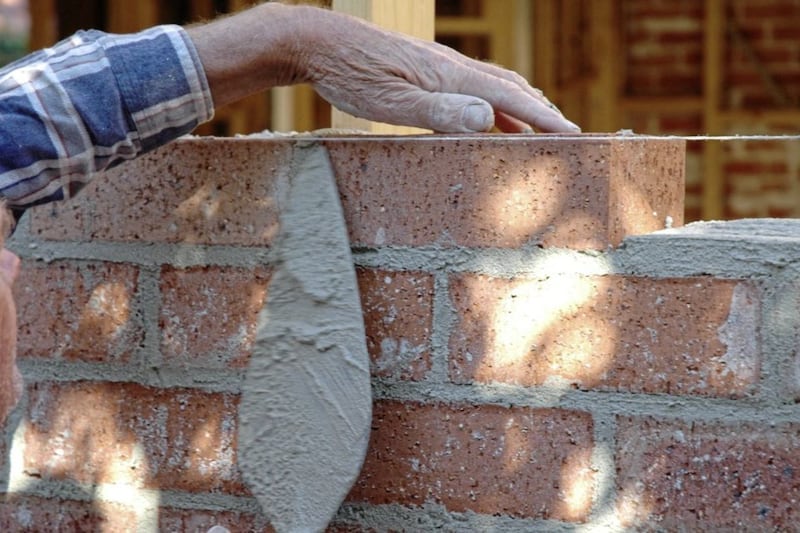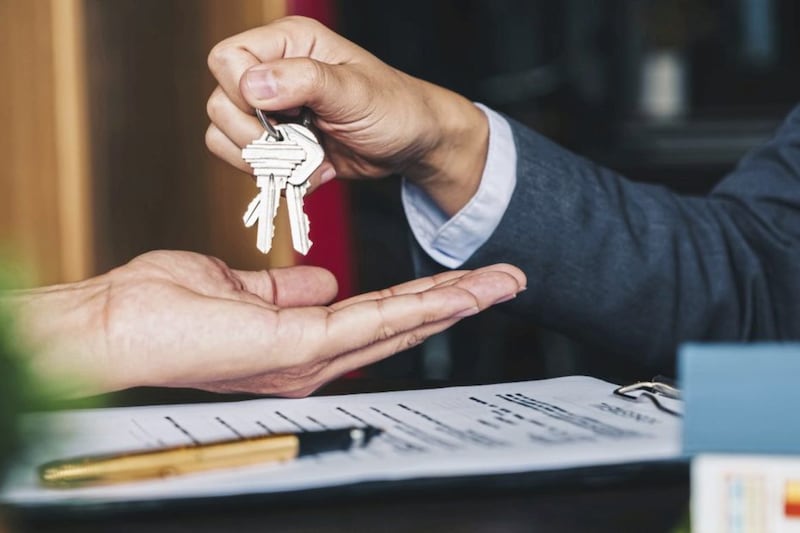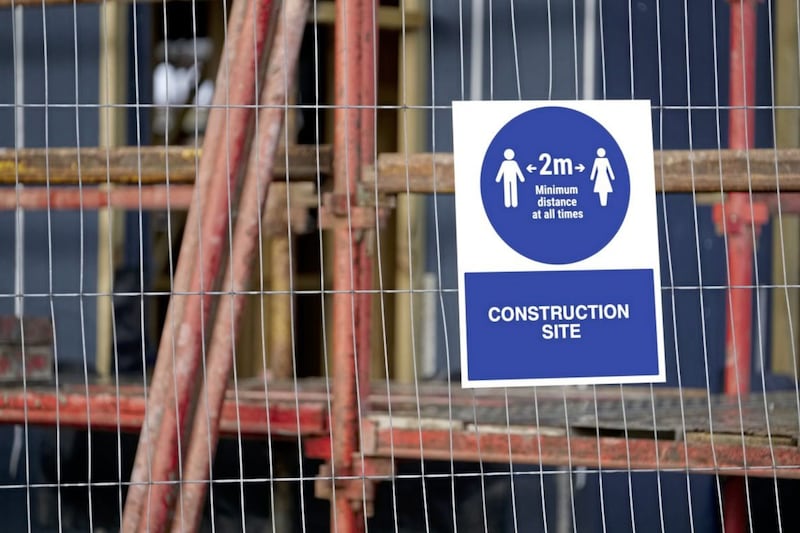THE average price of a house in the north increased by £9,000 to just over £149,000 in the past year, according to the latest official government measure.
The Northern Ireland House Price Index showed a six per cent rise annual rise in the first quarter of 2021, with growing evidence that demand is outstripping supply.
The provisional number of sales for the first quarter (6,732) was 25 per cent up on the same period last year, the busiest first quarter (Q1) since 2007, a figure expected to be revised upwards once all transactions are compiled.
While the closure of the housing market during the first lockdown last year created a pent-up demand, the pandemic also slowed the construction industry, with just 6,420 homes completed in 2020, the lowest for five years.
“Rising prices are a symptom of demand exceeding supply,” said Ulster Bank’s chief economist Richard Ramsey.
“Lockdowns and the temporary reduction of stamp duty have accentuated the pent-up demand for housing.”
But the recovery has started, with 1,982 housing starts during the first quarter of 2021, the best start to a year for the north’s housebuilding sector in 11 years.
The UK Government’s new mortgage guarantee scheme to encourage lending on a five per cent deposit and the significant build up in savings during the past year, have also been cited as key factors driving the current surge in house-buying.
New build homes sold for an average of £176,268 in Q1 2021, up 3.3 per cent on last year, while the average resale exchange was £142,361, up 6.6 per cent.
The lockdown and new flexible working era has also created a ‘race for space’, with the demand for detached homes pushing prices up 7.6 per cent in the past 12 months.
In contrast, apartments increased by just 2.1 per cent over the year, just below the 2.6 per cent annual rise in private sector rent.
Ards and North Down has experienced the most significant surge over the year (+10.6 per cent), with Newry, Mourne and Down (+8.4 per cent) and Mid Ulster (+7.8 per cent) also reporting sharp annual increases.
The average detached home sold for £225,000 in Q1 2021, around £45,000 more than five years ago.
But Ulster Bank’s chief economist Richard Ramsey said that when adjusted for inflation, house prices in 2021 are still way below the 2007 property boom.
The average house price peaked at £224,670 in Q3 2007. But with consumer price inflation rising 34 per cent in the last 13.5 years, the adjusted price would be in the region of £301,000 in today’s money.
“In real terms, residential prices are 50 per cent below the peak,” he said.
Mr Ramsey said the end of the furlough scheme in the autumn and the expected upsurge in insolvencies could leave 2022 looking very different to the sellers’ market that is 2021.
“These factors will all impact on demand and the current sugar rush in demand will fade,” said the economist.
“But the biggest threat to potential house buyers, in terms of rising house prices, is the lack of supply. That will keep prices higher for longer. How much longer is anybody’s guess.”







